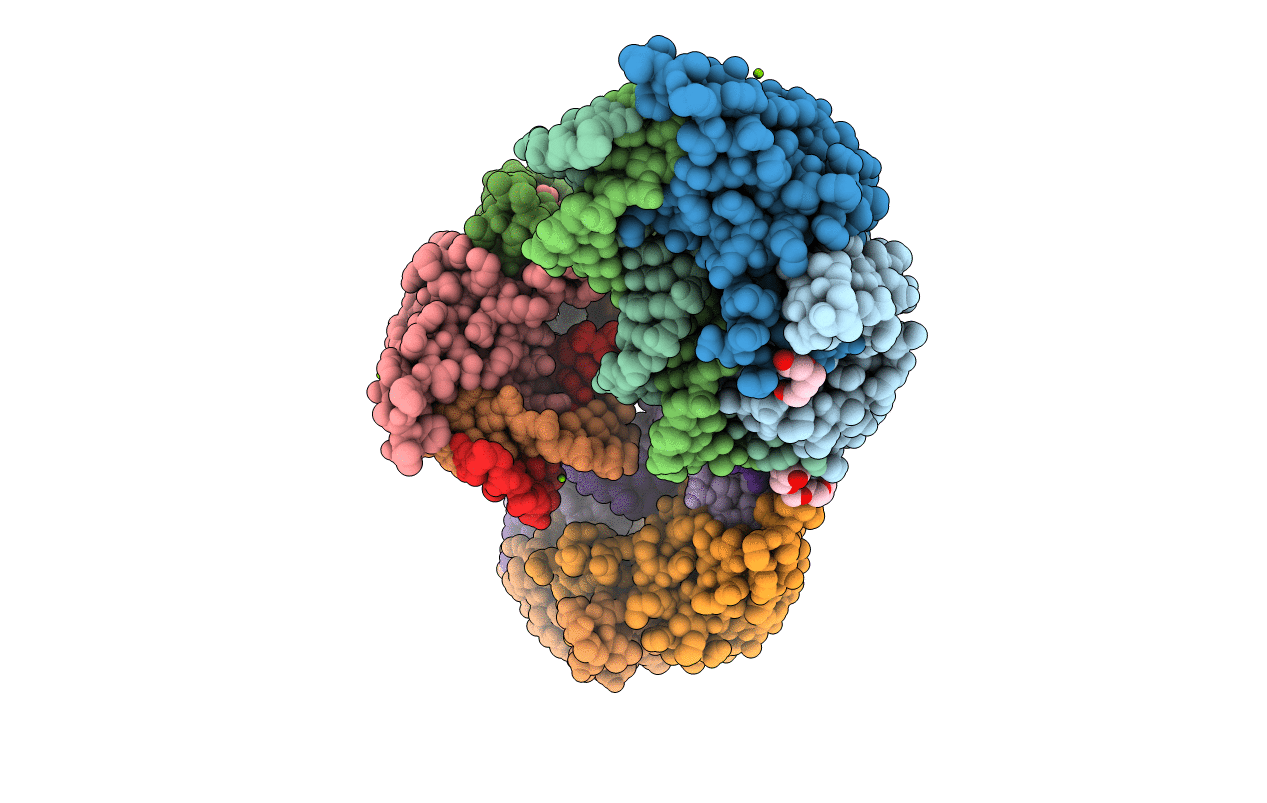
Deposition Date
2020-04-27
Release Date
2021-02-03
Last Version Date
2024-11-20
Entry Detail
PDB ID:
7BZG
Keywords:
Title:
Structure of Bacillus subtilis HxlR, wild type in complex with formaldehyde and DNA
Biological Source:
Source Organism:
Bacillus subtilis (strain 168) (Taxon ID: 224308)
Host Organism:
Method Details:
Experimental Method:
Resolution:
2.90 Å
R-Value Free:
0.22
R-Value Work:
0.17
R-Value Observed:
0.18
Space Group:
P 1 21 1


